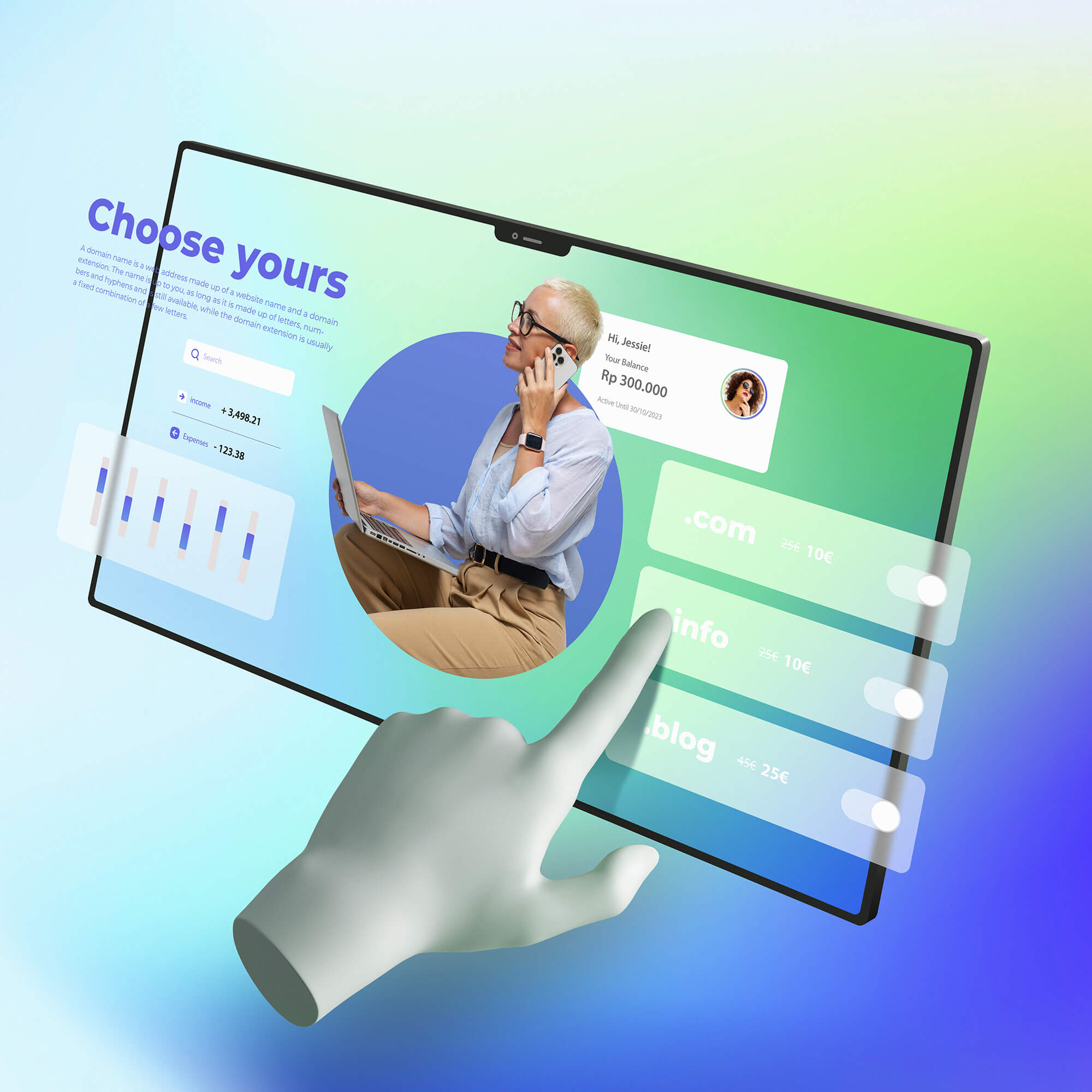
1. Choose the Right Font
Not all fonts are created equal. For mobile screens, sans-serif fonts, known for their clean lines and no extra “feet” or curves, tend to be more legible. Examples include Arial, Helvetica, and Roboto. However, the key is to choose a font that’s simple and clear.
2. Mind the Size
While it might be tempting to shrink text to fit more content, it can hurt readability. A good base size for mobile body text is between 16-18 pixels, but this can vary based on the chosen font and screen size.
3. Contrast is Key
The contrast between the text and its background affects legibility. Ensure your text color contrasts well with the background, but avoid stark contrasts that can strain the eyes, like bright white text on a pitch-black background.
4. Prioritize Spacing
Letter spacing (tracking), word spacing, and line height (leading) play a crucial role. Give your text room to breathe. Increased line height, for example, can significantly enhance readability, especially on smaller screens.
5. Limit Line Length
Long lines of text can be hard to follow. On mobile screens, aim for 50-60 characters per line for optimal readability.
6. Use Font Weights Wisely
Bold, italics, and other font weights and styles can be used to emphasize and differentiate content. However, use them sparingly and consistently. Over-stylizing can clutter the page and confuse the reader.
7. Be Cautious with Capitalization
ALL CAPS CAN BE HARD TO READ and may come off as shouting. Use uppercase letters sparingly, mainly for headers or specific calls to action.
8. Optimize for Different Displays
Different mobile devices come with varied screen resolutions and technologies. Retina displays, for instance, allow for sharper text. Ensure your typography looks good across a range of devices.
9. Mind the Surroundings
Consider elements around the text—images, buttons, or other graphical elements. They should complement the text, not compete with it. Background images, for instance, should be muted or darkened if they interfere with text clarity.
10. Always Test and Iterate
Reading your content on a desktop is vastly different from a mobile device. Always test your typography choices on various devices, under different conditions (like varying brightness or in sunlight), to ensure it remains legible and effective.
To sum it up, typography on mobile is a balance of art and functionality. As devices evolve and screen technologies advance, the principles of legibility and readability remain paramount. By perfecting mobile typography, you not only convey your message effectively but also offer users a comfortable and pleasing reading experience.








